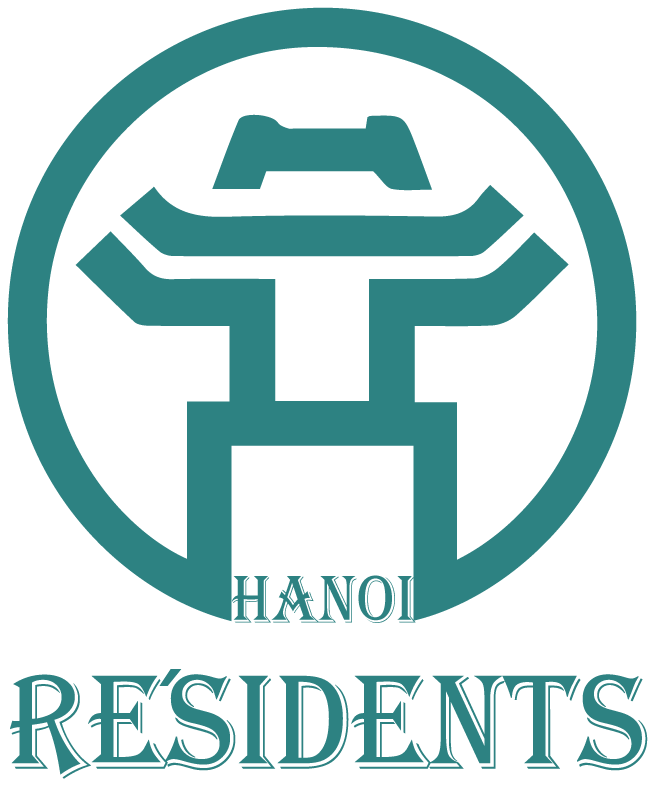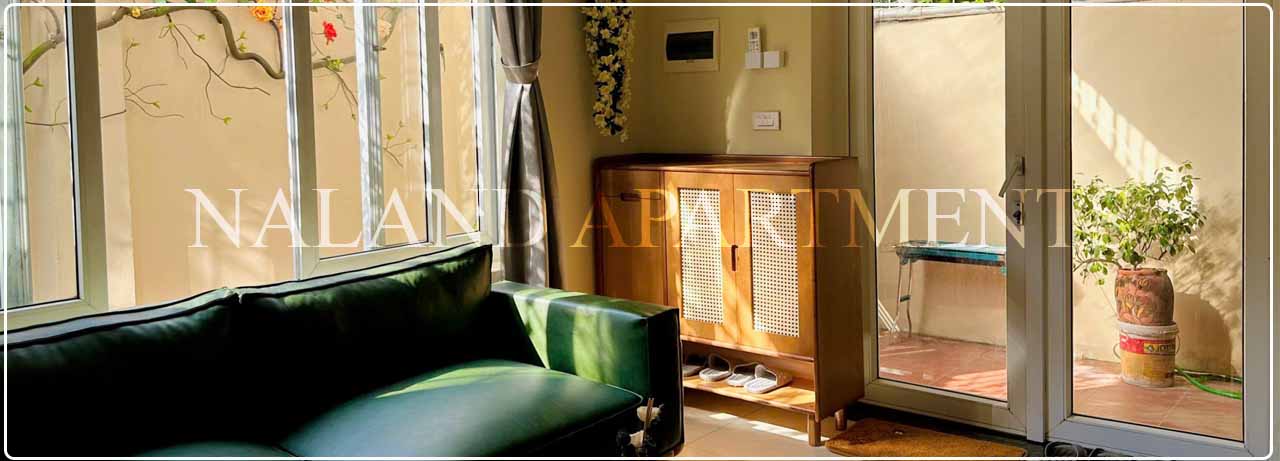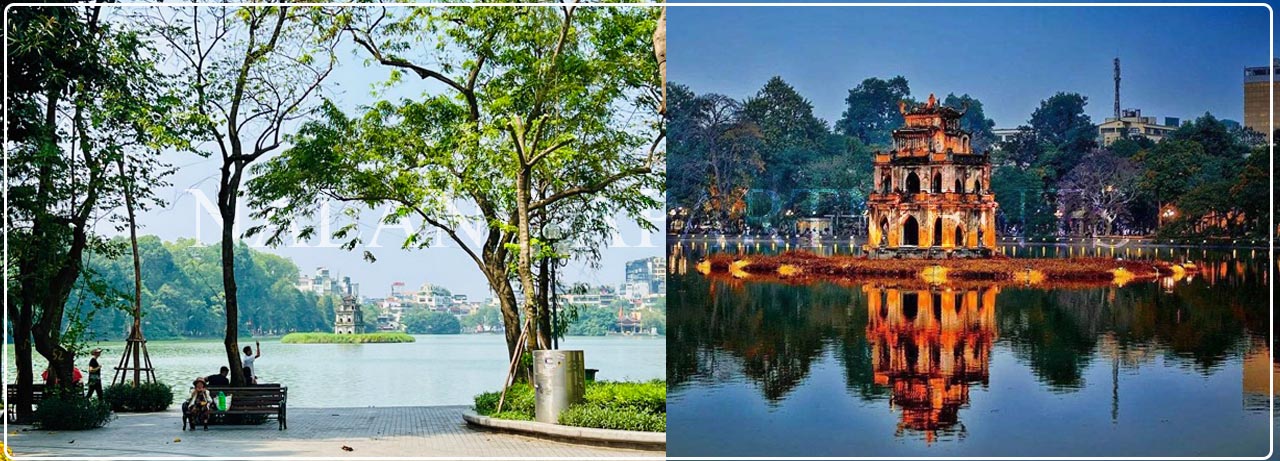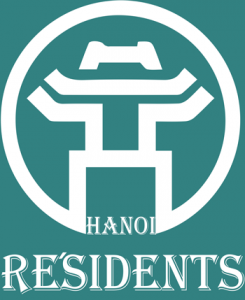The Temple of Literature in Hanoi is not only a historic monument but also a symbol of Vietnam’s dedication to education, culture, and tradition. As one of the most visited sites in Hanoi, knowing the Temple of Literature Hanoi opening hours and planning your visit accordingly will help you avoid crowds and maximize your cultural experience.
Overview of the Temple of Literature – A Glimpse into Vietnam’s Ancient Wisdom
Constructed in 1070 under Emperor Lý Thánh Tông, the Temple of Literature (Văn Miếu – Quốc Tử Giám) was Vietnam’s first national university. Dedicated to Confucius and generations of scholars, it served as a prestigious center for higher learning for nearly a millennium.
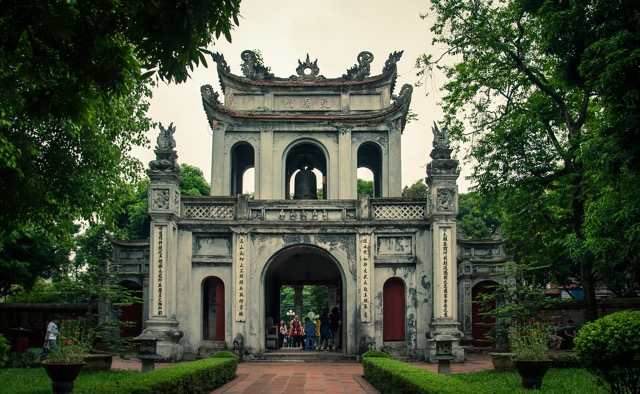
Knowing the Temple of Literature Hanoi opening hours will help make your trip more complete. (Photo: Internet)
Spanning over 54,000 square meters, the complex is laid out across five courtyards, each representing a step on the Confucian path of intellectual and moral development. From traditional Vietnamese wooden architecture to ancient stone steles and turtle sculptures, every element reflects harmony between nature, education, and spiritual reverence.
Today, the site is one of Hanoi’s most visited historical attractions. Understanding the Temple of Literature Hanoi opening hours is essential for planning your visit, especially if you want to experience the serenity of the courtyards during quieter times or catch special ceremonies held throughout the year.
Temple of Literature Hanoi Opening Hours
To make the most of your visit, it’s important to clearly understand the Temple of Literature Hanoi opening hours and ticketing details to avoid unexpected closures or peak-hour crowds.
Temple of Literature Hanoi Opening Hours
Summer Schedule (April to October):
- Opening: 7:30 AM
- Closing: 5:30 PM
Winter Schedule (November to March):
- Opening: 8:00 AM
- Closing: 5:00 PM
⏳ Note: The ticket counter closes 30 minutes before the official closing time, so make sure to arrive early enough.

Not only international tourists but also Vietnamese visitors are very interested in the Temple of Literature Hanoi opening hours. (Photo: Internet)
The Temple of Literature remains open all week, including weekends and most public holidays. It may close temporarily for maintenance or state ceremonies, but these occasions are rare and usually announced in advance.
Ticket Prices (Updated 2025)
- Adults: 30,000 VND (~1.2 USD)
- Students (with valid student ID): 15,000 VND
- Children under 15 years old: Free entry
Checking the Temple of Literature Hanoi opening hours before your visit will help you avoid crowds and make the most of your time exploring one of Hanoi’s most iconic historical landmarks.
Best Times to Visit Based on Temple of Literature Hanoi Opening Hours
While the Temple of Literature Hanoi opening hours are consistent throughout the year, visitor traffic varies significantly depending on the time and occasion.
Most Crowded Periods at the Temple of Literature
Even though the Temple of Literature Hanoi opening hours remain consistent throughout the year, the number of visitors fluctuates depending on certain cultural and seasonal events. You can expect the highest footfall during:
- Weekends and Public Holidays – The Temple becomes a top cultural stop for both local families and international tourists, often resulting in dense crowds, especially mid-morning.
- Vietnamese Lunar New Year (Tết) – During this time, locals flock to the Temple to pray for academic success and wisdom, making it one of the busiest periods regardless of the regular Temple of Literature Hanoi opening hours.
- Exam Seasons – Particularly before high school and university entrance exams, students gather at the Temple to seek blessings from Confucius. These academic rituals make the site highly active in both mornings and afternoons.
If you’re aiming for a quieter and more reflective experience, it’s crucial to plan your visit with both the Temple of Literature Hanoi opening hours and these peak periods in mind.
During these periods, the Temple can be especially crowded between 9:00 AM and 11:00 AM, even if you arrive early during normal Temple of Literature Hanoi opening hours.
🌿 Recommended Time for a Peaceful Visit
To enjoy a quieter and more contemplative experience, consider visiting:
- Weekdays, especially from Tuesday to Thursday
- Early morning (right at opening time)
- Late afternoon, around one hour before closing
These time windows allow you to fully appreciate the tranquil gardens, explore the ancient architecture without crowds, and capture stunning photos in natural light. Aligning your visit with the less busy periods of the Temple of Literature Hanoi opening hours ensures a more meaningful and memorable experience.
Architectural Layout and Symbolism: A Journey Through Five Courtyards
The Temple of Literature is more than just a historical relic—it is a masterpiece of traditional Vietnamese architecture and a symbolic pathway that mirrors the Confucian journey of self-cultivation. Its layout is structured into five successive courtyards, each with unique architectural elements and deep philosophical meanings.
While exploring these areas, understanding the Temple of Literature Hanoi opening hours can help you plan your visit wisely—especially if you want to avoid crowds and enjoy the atmosphere at a slower, more reflective pace.
Let’s explore each courtyard in detail:
First Courtyard: The Path of Tranquility
Visitors enter the complex through the Great Gate (Đại Trung Môn), a majestic wooden structure that signifies the beginning of a sacred intellectual journey. Flanking the path are two smaller gates—Virtue Gate (Đại Thành Môn) and Talent Gate (Thành Đức Môn)—which represent the moral and intellectual foundations in Confucian teachings.

Đại Trung Gate – A signature architectural feature of the Temple of Literature. (Photo: Internet)
This first courtyard is filled with ancient trees, stone paths, and a peaceful garden-like atmosphere. It serves as a quiet transition space, preparing the visitor to leave behind the outside world and step into a space of learning and reverence.
To fully enjoy this tranquil setting—especially without the interruption of crowds—it’s helpful to check the Temple of Literature Hanoi opening hours and visit during early mornings or late afternoons on weekdays.
Second Courtyard: The Symbol of Enlightenment
At the center of the second courtyard stands the iconic Khue Van Pavilion (Khuê Văn Các). Built in 1805, the pavilion features four sturdy stone pillars supporting a red wooden upper level with circular windows that resemble the sun and moon—symbols of knowledge, enlightenment, and the Confucian ideal of harmony between heaven and earth.

Khue Van Cac – A beautiful symbol of the Temple of Literature. (Photo: Internet)
Khue Van Cac holds such cultural significance that it has become a symbol of Hanoi, even appearing on the 100,000 VND banknote. Surrounding the pavilion are beautifully manicured gardens and shaded walkways, offering perfect spots to pause, reflect, and take photos.
To experience this landmark without the distraction of heavy foot traffic, it’s advisable to plan your visit around the Temple of Literature Hanoi opening hours, preferably on weekday mornings when the site is calm and the light is ideal for photography.
📸 Pro tip: Arrive early to capture postcard-perfect photos of Khue Van before crowds arrive.
Third Courtyard: The Well of Heavenly Clarity
Moving inward, you’ll reach the Third Courtyard, centered around the Thiên Quang Tỉnh (Well of Heavenly Clarity). This large square pond mirrors the surrounding trees and open sky, symbolizing mental clarity and enlightenment—core ideals in Confucian education and philosophy.

The ancient Thiên Quang Well located within the Temple of Literature – Imperial Academy complex (Photo: Internet)
On either side of the well are two long galleries that house 82 stone steles, each mounted on the back of a stone turtle—an important Vietnamese symbol of longevity, stability, and wisdom. These steles bear the names and birthplaces of doctorate graduates from imperial examinations conducted between 1442 and 1779.
The steles have been recognized by UNESCO as part of the Memory of the World Programme, making this courtyard a must-visit for scholars, historians, and culturally curious travelers. If you’re planning to take your time reading the inscriptions or photographing this area in peace, it’s best to come during off-peak times within the Temple of Literature Hanoi opening hours, such as early weekday mornings.
Fourth Courtyard: The Sanctuary of Confucius
This courtyard marks the spiritual heart of the Temple of Literature. At its center stands the Main Sanctuary, where Confucius and his four most respected disciples are honored through intricately designed altars, ceremonial offerings, and richly lacquered wooden statues.
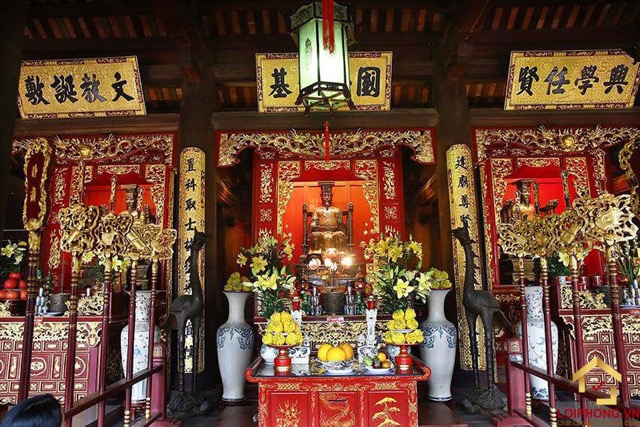
The altar of Confucius inside the Temple of Literature – Imperial Academy
The surrounding architecture showcases classic Vietnamese style—curved rooflines, red wooden pillars, ceramic dragons, and bronze incense burners—all contributing to a sacred and contemplative atmosphere.
Visitors can observe how Vietnamese traditions have intertwined with Confucian values, as people come to offer incense and pray for wisdom, academic success, and personal growth. These rituals are especially prominent during exam seasons and major cultural festivals.
To make the most of your visit to this revered space, it’s advisable to plan around the Temple of Literature Hanoi opening hours. Arriving early or near closing time on weekdays offers a quieter experience, ideal for reflection and cultural appreciation. Checking the Temple of Literature Hanoi opening hours in advance helps ensure you have enough time to explore the sanctuary without rushing.
Fifth Courtyard: The Imperial Academy (Quốc Tử Giám)
Built in 1076, the Imperial Academy was Vietnam’s first university, educating royal and noble children. Though the original structure was lost, the fifth courtyard was rebuilt in 2000 to honor this legacy.

The Temple of Literature – Imperial Academy is the first university in Vietnam (Photo: Internet)
Today, it serves as an exhibition space showcasing ancient manuscripts, scholar robes, and replica classrooms. This area highlights Vietnam’s deep respect for learning.
To explore it fully, check the Temple of Literature Hanoi opening hours and visit during quieter times for the best experience.
The Doctoral Steles – Honoring Centuries of Vietnamese Scholarship
One of the most revered features of the Temple of Literature is the collection of Doctoral Steles, which stand as enduring symbols of Vietnam’s scholarly tradition. There are 82 stone steles, each mounted on the back of a stone turtle—a sacred symbol of longevity and wisdom in Vietnamese culture. These steles were erected between 1442 and 1779 to honor those who passed the rigorous imperial examinations. Each inscription details the names, birthplaces, and accomplishments of the successful candidates, serving not only as historical records but also as moral inspiration for future generations.

The Doctoral Steles at the Temple of Literature reflect the philosophy of honoring talented scholars. (Photo: Internet)
Located in the Third Courtyard, the steles attract visitors interested in history, education, and Vietnamese heritage. To explore this area at a quieter pace—ideal for reading inscriptions or taking photos—visitors are encouraged to check the Temple of Literature Hanoi opening hours before their trip. Recognized by UNESCO’s Memory of the World Programme, the steles reflect Vietnam’s deep respect for education, meritocracy, and the lifelong pursuit of knowledge.
Annual Visitors and Cultural Significance
The Temple of Literature attracts over 2 million visitors annually, including:
- Local families
- Vietnamese students
- International tourists
- Researchers and historians
Its cultural and historical value makes it more than just a sightseeing spot—it’s a living monument where tradition meets education. Throughout the year, events such as calligraphy festivals, academic ceremonies, and cultural exhibitions are held here.
To catch these events or avoid peak crowds, visitors should always check the Temple of Literature Hanoi opening hours when planning their trip.
Tips for Visiting the Temple of Literature
- Dress modestly out of respect for the sacred space.
- Bring a hat or umbrella during summer months (it can be very hot).
- Hire a local guide or use audio tours to gain deeper insights into Confucian philosophy and architecture.
- Visit early in the day for the best photos and cooler temperatures.
- Stay in the city center for easy access to the Temple of Literature and nearby attractions. Find affordable accommodation options here
Understanding the Temple of Literature Hanoi opening hours helps you plan a meaningful visit to one of Vietnam’s most revered cultural landmarks. Whether you come for its serene beauty, rich history, or spiritual atmosphere, the Temple promises an unforgettable glimpse into Vietnam’s scholarly past.
>>>With Naland Apartment, let’s learn more about the Temple of Literature and the surrounding ancient streets so you can choose your sightseeing destination:
- Van Mieu Hanoi – A Historic Site Embodying Vietnam’s Education Spirit
- Top 10 beautiful tourist destinations in Hanoi you should not miss
- Trang Tien Street: A Vibrant Cultural and Historical Icon in the Heart of Hanoi
- Hoan Kiem Lake Walking Street: The Vibrant Heart of Hanoi
Naland Apartment – Hanoi Serviced Apartments – Prestige – Quality – Customer experience is the top priority.
🏢 Address: No. 18a, Lane 31/46, Xuan Dieu Street, Tay Ho
📩 Email: hanoiresidents@gmail.com
📞 Hotline: +84 971 84 84 88

